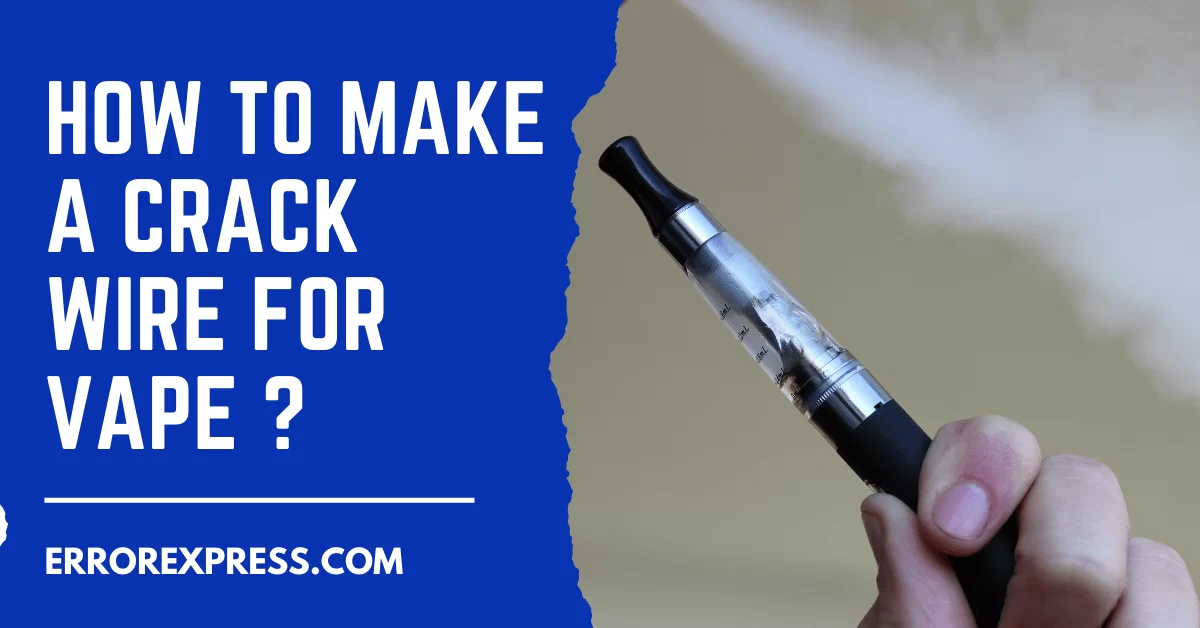In recent years, Cake Disposables Vaps has emerged as a contentious subject, captivating both the curiosity and concern of individuals worldwide. With its meteoric rise in popularity, particularly among the younger population, vaping has become an issue laden with intricate layers of public health, societal impact, and regulatory challenges.Additionally, the normalization of vaping has led to challenges in enforcing age restrictions and preventing its usage in smoke-free spaces, posing a unique set of challenges for regulators.
At its core, vaping involves the inhalation of aerosolized substances through electronic devices, commonly referred to as e-cigarettes or vape pens. While initially marketed as a safer alternative to traditional tobacco smoking, the allure of vibrant flavors, sleek designs, and the perception of reduced harm has propelled vaping into the mainstream. However, the rapid adoption of vaping has triggered an intense debate amongst experts, policymakers, and the general public.
Central to the debate is the potential health impact of vaping. While proponents argue that vaping can assist long-term smokers in quitting traditional cigarettes, opponents point to mounting evidence of adverse health effects. Concerns range from the detrimental impact of nicotine on developing brains, the presence of harmful chemicals in e-cigarette aerosols, to cases of severe lung injury linked to vaping products. These uncertainties underscore the urgency of robust scientific research to unravel the true implications of vaping on human health.
Furthermore, the vaping trend has not only raised health concerns but has also kindled discussions about its social and cultural implications. The portrayal of vaping in popular culture, coupled with targeted marketing, has contributed to its allure among adolescents and young adults. This has sparked worries of a new generation becoming addicted to nicotine, potentially undoing years of progress in curbing tobacco use.
Navigating this complex landscape demands a multifaceted approach that considers public health, individual choices, and societal consequences. Striking a balance between harm reduction for existing smokers and protecting non-smokers, especially the youth, is pivotal. As research continues to shed light on the intricacies of vaping, informed decisions can be made, regulations can be refined, and awareness can be raised to ensure the well-being of individuals and communities.
